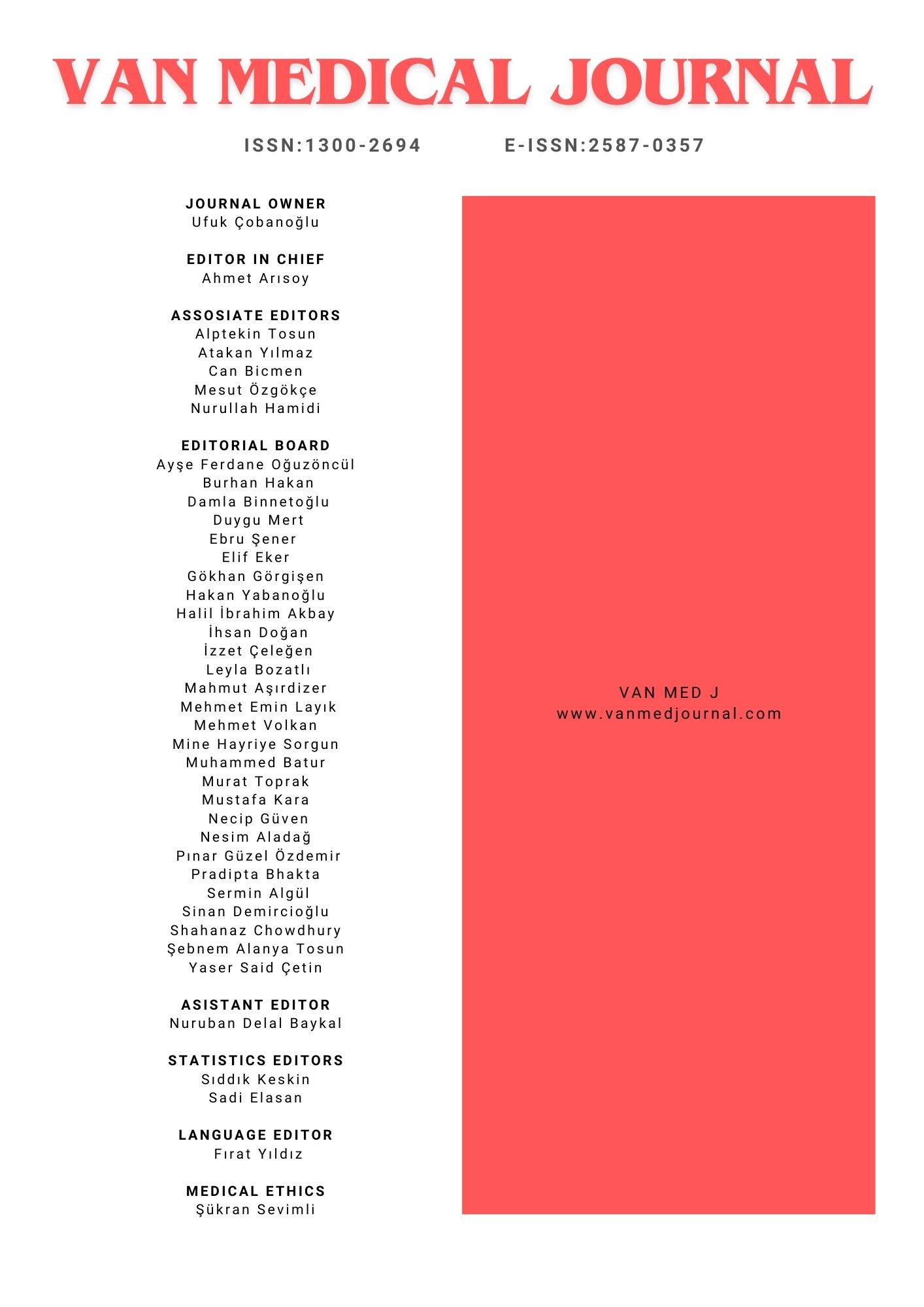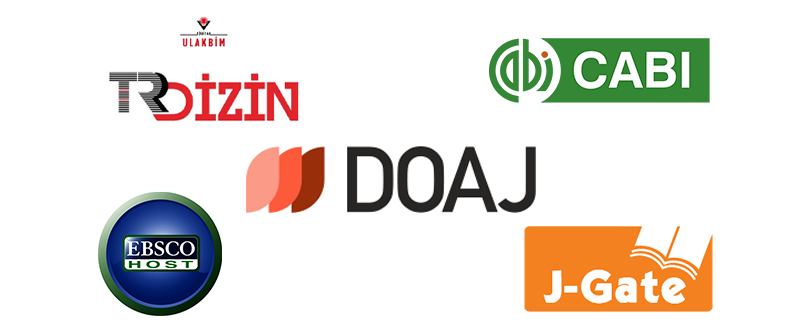Information for Reviewers
1. Peer Review Policy & Ethics
The Van Medical Journal adheres to a rigorous double-blind peer review process. To maintain the integrity of this process, reviewers must adhere to the following principles:
- Confidentiality: The manuscript is a privileged document. Do not discuss it with others or share it without the Editor's permission.
- [IMPORTANT] No AI Usage: Uploading the manuscript (or parts of it) to Generative AI tools (e.g., ChatGPT, LLMs) for summarization or review is strictly prohibited due to data privacy and copyright violations.
- Conflict of Interest: If you have a competing interest (financial, professional, or personal) with the authors or the subject matter, you must decline the review immediately.
- Timeliness: Reviews should typically be completed within 15 days. If you require an extension, please notify the Editorial Office promptly.
2. Guide for Reviewing a Manuscript
Please focus on the scientific quality, originality, and clarity of the manuscript. Do not worry about minor copy-editing (typos), as the editorial team will handle this. Use the following checklist to guide your evaluation:
Title and Abstract
- Does the title accurately reflect the content of the study?
- Is the abstract a self-contained summary? Does it include the objective, methods, key results, and conclusion?
- Clinical Trials: Is the trial registration number included?
Introduction
- Is the research question or hypothesis clearly stated?
- Is the gap in current knowledge identified?
- Are the references relevant and up-to-date?
Materials and Methods
- Reproducibility: Is the methodology described in sufficient detail for another researcher to replicate the study?
- Ethics: Is the Ethics Committee approval (with date and number) clearly stated? Is informed consent confirmed?
- Statistics: Are the statistical methods appropriate? Is the sample size justification (power analysis) provided?
Results
- Are the findings presented clearly and logically?
- Do the tables and figures add value, or do they repeat the text?
- Are the results consistent with the methods described?
Discussion and Conclusion
- Interpretation: Does the discussion interpret the results rather than just repeating them?
- Context: Are the results compared with existing literature?
- Limitations: Has the author frankly discussed the limitations of the study?
- Conclusion: Is the conclusion supported by the data presented?
3. Writing the Review Report
When submitting your review via the online system, please structure your comments constructively:
- Summary: A brief paragraph summarizing your understanding of the study.
- Major Comments: Critical flaws in methodology, missing data, or ethical concerns that effectively prevent publication in its current state.
- Minor Comments: Suggestions for clarifying text, improving figures, or adding missing references.
- Recommendation:
- Accept: No changes needed.
- Minor Revision: Small changes required.
- Major Revision: Significant rewriting or re-analysis required.
- Reject: Serious flaws or lack of novelty.









